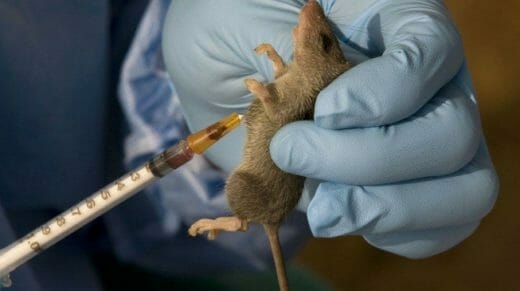No fewer than nine people have died of Lassa fever in Benue State in the past two months.
On Thursday, the State Epidemiologist, Dr. Sam Ngishe, conveyed this information to journalists during a telephone conversation.
Following the Nigeria Centre for Disease Control and Prevention’s report of 2,621 suspected Lassa fever cases and 84 deaths with an 18.6% case fatality rate, Dr. Ngishe revealed that 46 individuals, including health workers and internally displaced persons, have been affected in the state.
He specified that four cases were identified among internally displaced persons at the Ortese IDP camp in Guma LGA, and the disease has spread to seven out of the 23 local government areas, including Obi, Okpokwu, Gwer West, Makurdi, Guma, Gwer East, and Ukum.
He said, “Nine deaths in confirmed cases, and they have been buried in accordance with safe burial protocols across the various areas of the state where they hail from.
The epidemiologist who added that the fatality rate was on the high side in the state said that the state is working towards reducing it.
He said, “We are hoping to reduce the numbers of the deaths such that the key fatality rate for the state is less than 10 per cent which is what the nation expects from all the states. For now, what we have is above that figure.
Part of the efforts being put in place, according to the state Epidemiologist are sustenance response through the intervention of the Federal Government through the World Bank and Nigeria Center for Disease Control.
“Also, we have spoken loudly to enhance our surveillance efforts, risk communication (creating social behaviour change) in the community, and we have also spoken about the laboratory component of the response and coordination.
“There is active surveillance going on in the community (housing Ortese IDP camp) as you know the IDP camp is a cluster setting with very poor infection control in terms of poor sanitation, crowded environment, and they have issues of malnutrition.
“And from our report so far, the IDP camp has a high population of rats; so if the rats transmitting such are within the IDP camps, it means that we need to work hard so we don’t have an outbreak that will be difficult to control,” he added.










Discussion about this post